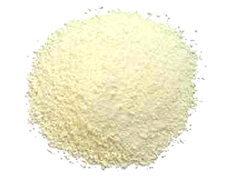WHEY POWDER
Whey powder is a dairy product derived from whey, which is the liquid remaining after milk has been curdled and strained during the cheese-making process. It is then processed into a dry, powder form through various methods.
Shelf Life: 18 Months – 24 Months
